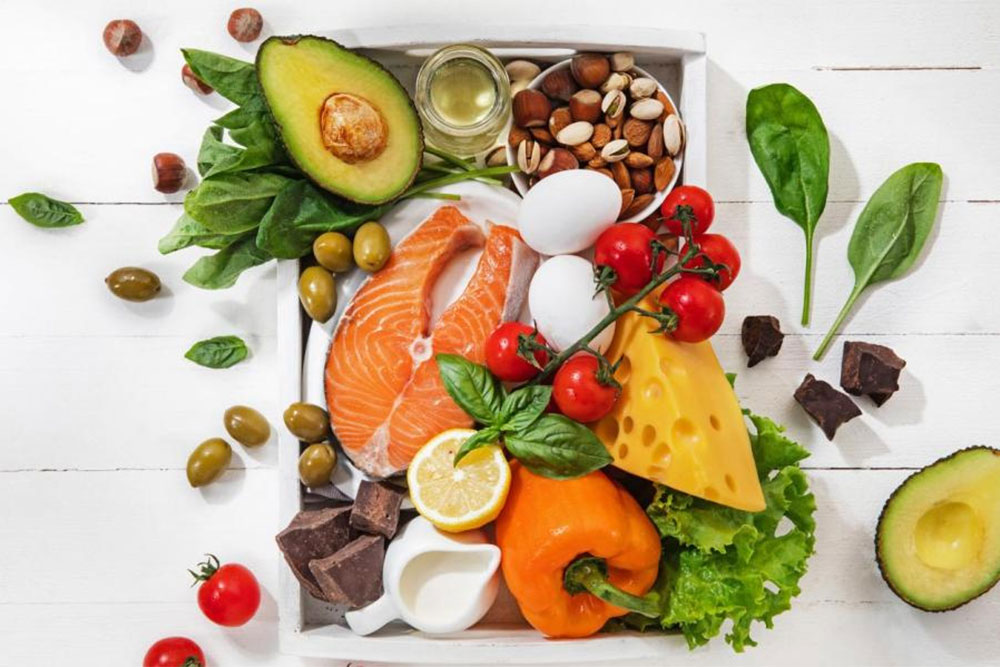Pineapple is not only a tasty and juicy tropical fruit, but also a symbol of summer and exoticism. With its bright appearance and sweet aroma, it wins the hearts of many fruit lovers. Its unusual shape and rich taste make it a popular treat both raw and in various dishes and drinks. Let’s go together into the world of pineapples and learn how to choose and use this amazing fruit in all its sweet glory.
How to choose a pineapple
Choosing fresh pineapple is a bit of art! Here are some tips:
- A good pineapple should have a sweet and aromatic smell. When approaching the fruit, you should feel a pleasant aroma.
- Pay attention to the color of the peel. It should be bright and golden, with no dark spots or mildew spots.
- Look at the leaves at the base of the pineapple. They should be fresh, green and not dried out.
- Feel the pineapple. It should be elastic, but not too hard or soft. When pressed, it should not yield too easily.
- Choose a medium-sized pineapple. Too big can be tough, and too small can be underripe.
Also, if you need a pineapple to use right away, choose one that is already golden in color, as it will likely be riper and sweeter.
What vitamins are in pineapple
Pineapple is rich in vitamins and minerals, including:
- Vitamin C – supports the immune system, participates in wound healing processes, promotes iron absorption, and is also a powerful antioxidant.
- Vitamin A – important for vision, skin health, cell growth and immune function.
- B vitamins (including B6 and B9) – are involved in the metabolism of carbohydrates, proteins and fats, help maintain the health of the nervous system and skin.
- Magnesium is important for healthy bones, the cardiovascular system, the nervous system and many other processes in the body.
- Copper – necessary for the formation of red blood cells, maintaining healthy bones and connective tissues.
- Manganese – participates in metabolism, maintains bone health and helps in the body’s antioxidant defense.
- Potassium – important for maintaining normal blood pressure, regulating water balance and muscle function.
This is not a complete list, but is a good illustration of how pineapple can benefit your health due to its rich composition of vitamins and minerals.
How many calories are in pineapple
The number of calories in a pineapple depends on its size and how it is served. On average:
- A piece of pineapple measuring about 100 grams contains approximately 50-60 calories.
- A whole medium pineapple weighing about 900 grams can contain approximately 350-400 calories.
Pineapple is usually low in calories because it consists primarily of water and is low in fat and protein. It differs from other fruits in its lower calorie content due to its natural sweetness without excess sugars or fats.
How to peel a pineapple
If you don’t know how to peel a pineapple, then follow these steps:
- Preparation
Place the pineapple on a flat surface and make sure you have a sharp knife and cutting board.
- Cutting off the top and bottom
Carefully cut off the top and bottom of the pineapple. This will help create a flat base for stability and make subsequent steps easier.
- Cutting the side peel
Using a knife, trim the peel, moving from top to bottom. Try to remove as many of the “eyes” (dark recesses) as possible, as they can be tough and unpleasant to the taste.
- Coring
Cut out the core of the pineapple. To do this, divide the pineapple into four parts crosswise and remove the central part of each piece.
- Cutting into pieces
Now you can cut the pineapple into pieces of the desired size. They can be used fresh, added to salads or prepared in various dishes.
If you need pineapple pieces for juices or smoothies, you can use a special tool to separate out the pieces or use a blender to chop the fruit.




